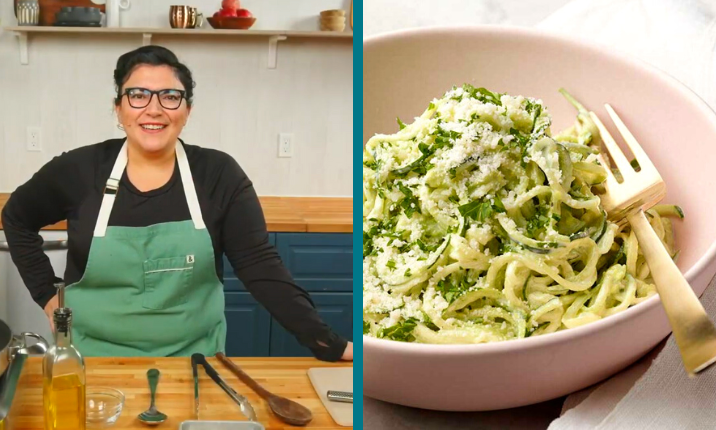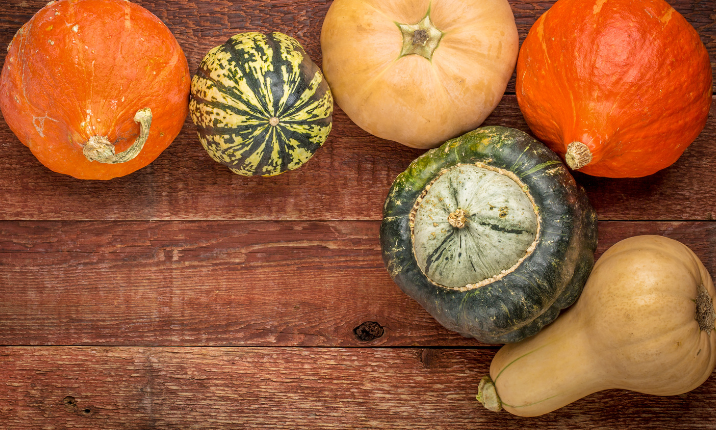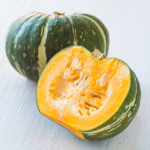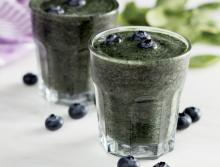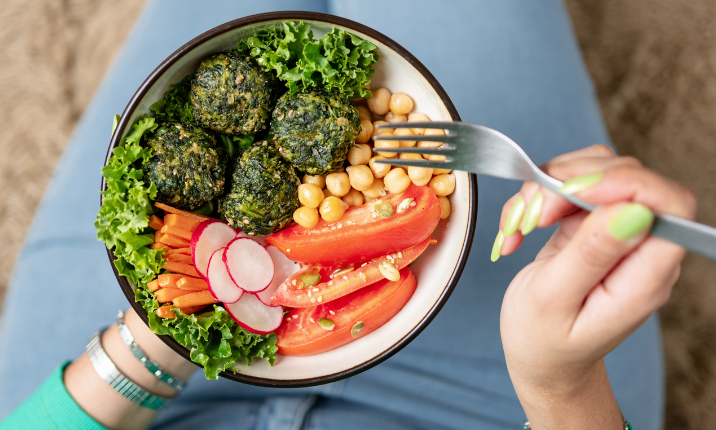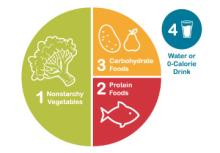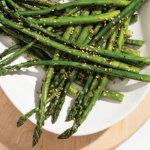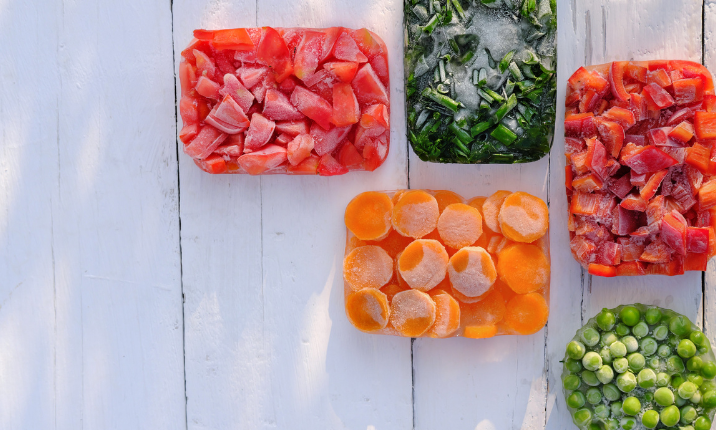Avocado Alfredo Cooking Class Recap
Chef Jenny provided helpful tips for maintaining freshness of ingredients, properly handling food items, and safely cooking meals. She highlighted the importance of not overcooking zucchini noodles to avoid a mushy texture. “These noodles are zoodles…they’re going to cook really fast and overcooked zucchini gets very soggy,” Chef Jenny cautioned.
As the chicken cooked, Chef Jenny demonstrated how to make avocado alfredo using fresh avocados. She explained how avocados can be used as a substitute for dairy in recipes due to their natural buttery flavor and creamy texture. “Avocados are such a good substitute…it kind of has a natural buttery flavor to it,” she stated.
During the class, American Diabetes Association® (ADA) nutrition experts explained the health benefits of avocados. “Avocados have fat, but they are a good type of fat called monounsaturated fat. Monounsaturated fats are beneficial fat. We consider them to be heart-healthy fats because they help to lower our LDL cholesterol,” they said.
Chef Jenny also explained how to ripen avocados and store them to maintain their freshness, suggesting that ripe avocados can be put in the freezer for preservation. “If you feel your avocado getting really ripe and you’re not ready to use it, pop it in the freezer. You can pop them whole and then you just take them out and set them on the counter before you’re ready to use them,” she advised.
Throughout the cooking demonstration, Chef Jenny encouraged participants to experiment with various flavors and cooking techniques to create healthier meals. She suggested adding fresh herbs, spices, or lemon zest for extra flavor without adding extra fats or calories.
Cooking Tips Learned from the Class
- Lean proteins like chicken breast and white fish are low in fat and have fewer calories, making them a healthy choice.
- Whole wheat panko breadcrumbs are preferred for their crispiness and lower oil absorption.
- Avocados are a good source of monounsaturated fats, which are beneficial for heart health and makes them a good dairy substitute.
- Zucchini noodles (zoodles) are a great low-carb substitute for regular pasta.
- The use of fresh herbs can enhance the flavor of dishes without adding extra calories or fats.
- Garlic and Parmesan cheese add a punchy flavor to the avocado alfredo sauce.
Try the Recipes
Parmesan-Crusted Chicken
A flavorful and versatile chicken recipe, serve this as a main entrée with vegetables or over a salad. It’s also kid-friendly!
Avocado Alfredo with Zucchini Noodles
Traditional alfredo sauce is a decadent dish made with lots of cream and butter. This lighter version gets its creaminess from avocado, which is full of heart-healthy monounsaturated fatty acids (instead of saturated fat found in cream and butter).
Don’t Miss Upcoming Cooking Livestreams
Learning how to cook can be daunting, especially if you are a person with diabetes wanting to make better food choices. Whether you are new to the kitchen or a seasoned chef, you may not even know where to begin. That’s why every month, the ADA offers free live virtual cooking classes powered by Homemade with ADA nutrition experts in attendance to answer all your questions. View our next cooking class or sign up for the Diabetes Food Hub e-newsletter to be notified of the next class.
